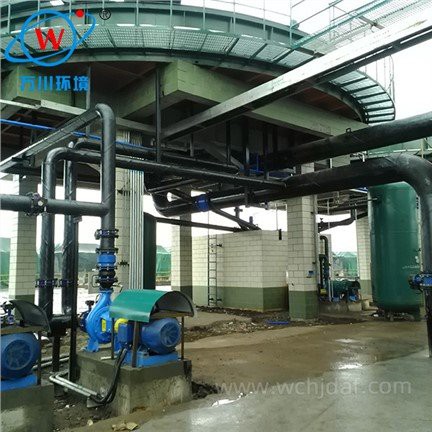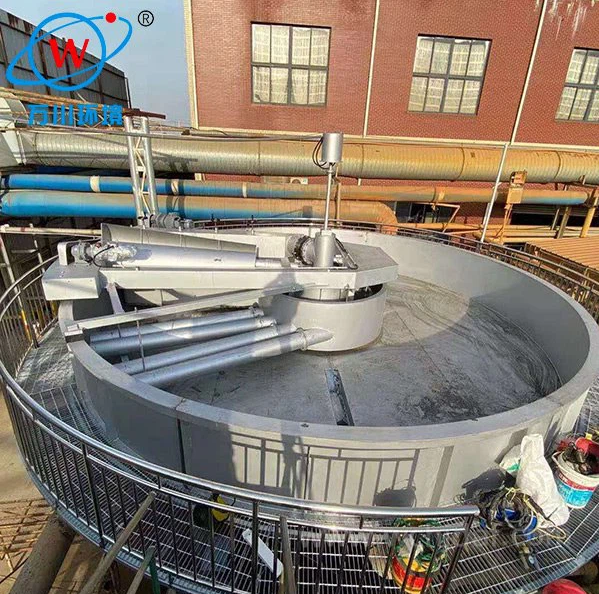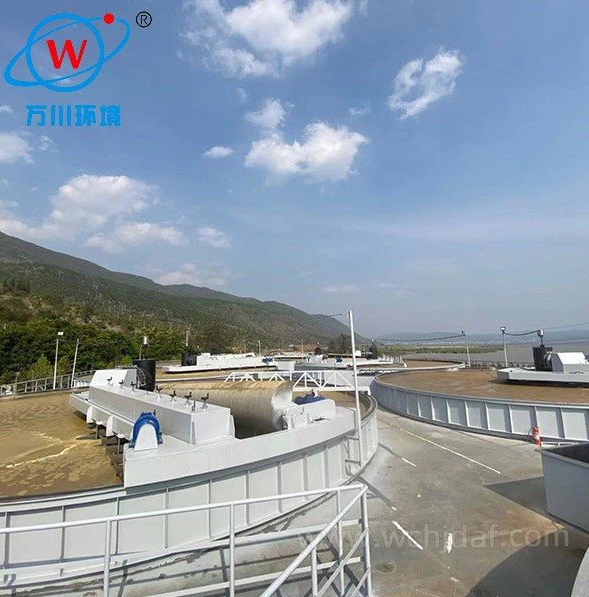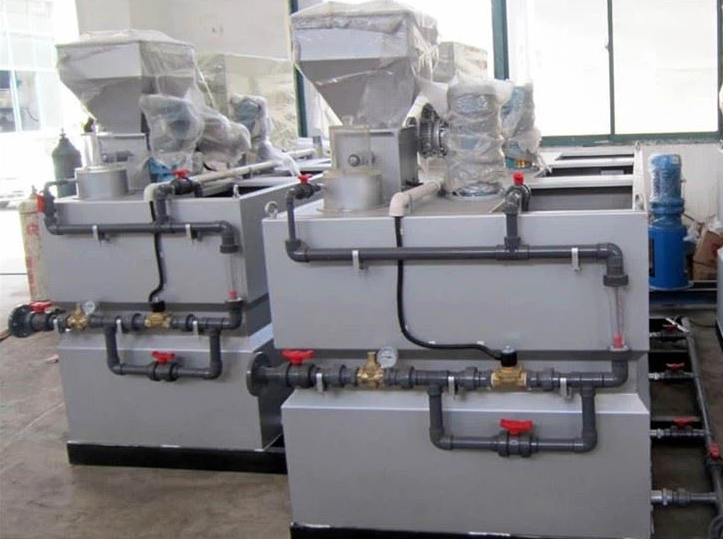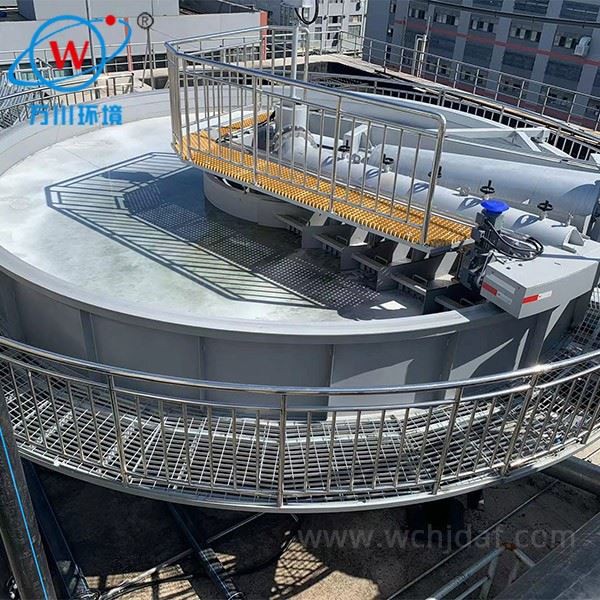Dissolved Air Flotation (DAF) Process
DAF removes suspended solids through a multi-step process leveraging air bubbles and physical chemistry. Efficiency: Up to 95% removal
1. Saturation with Compressed Air
Water is mixed with compressed air under pressure to form a supersaturated solution.
- Pressure range: 2-7 bar
- Forms supersaturated solution
- Pressure release creates 10-100 μm bubbles
- Bubbles nucleate and rise in flotation tank
2. Particle-Bubble Attachment
Suspended solids are conditioned for optimal bubble attachment.
- Chemicals make particles hydrophobic
- Coagulants (e.g., alum) neutralize charges
- Flocculants form larger flocs
- Air bubbles attach via surface tension
3. Flotation and Separation
Bubble-particle aggregates rise to form a removable scum layer.
- Bubbles carry solids to surface
- Forms floating scum layer
- Mechanical scrapers remove scum
- Clarified water exits at bottom/sides
Key Mechanisms
DAF relies on three fundamental principles:
- Bubble-Particle Adhesion: Hydrophobic bonding
- Buoyancy Force: Overcomes particle gravity
- Flocculation Enhancement: Chemical aggregation
DAF's efficiency in removing suspended solids makes it ideal for wastewater with low-density particles, outperforming sedimentation in many industrial applications.

